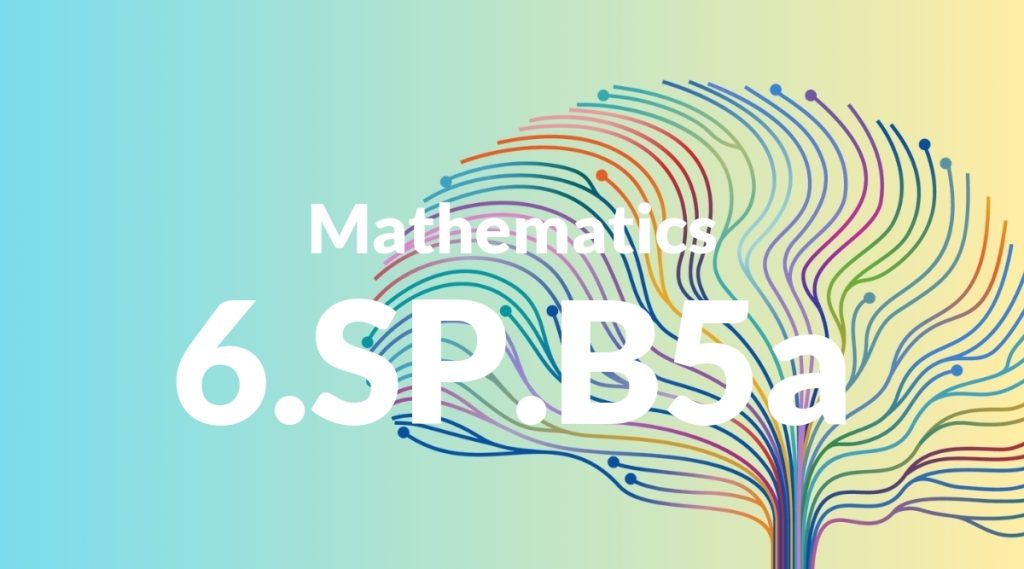Standard: 6.SP.B5 – Summarize numerical data sets in relation to their context, such as by:
Grade level: Grade 6
Subject: Mathematics
Domain: Statistics & Probability
Teacher Overview
This standard focuses on teaching students how to effectively summarize numerical data sets in relation to their context. It is crucial because it lays the foundation for understanding more complex statistical concepts and data analysis methods that they will encounter in higher grades. Before tackling this standard, students should have a solid grasp of basic arithmetic operations, understand simple data collection methods, and be familiar with basic graphs and charts.
After mastering this standard, students will be able to interpret more complex data sets, understand variability and distributions, and make informed predictions based on their data analysis.
Common Misconception 1
A common misconception is that all data points are equally important. This is incorrect because measures of central tendency, such as mean, median, and mode, highlight the most representative values in a data set.
Intervention 1
To address this misconception, use real-world examples to demonstrate how mean, median, and mode provide different perspectives on a data set. Hands-on activities where students calculate these measures can also reinforce their understanding.
Common Misconception 2
Another misconception is that outliers should always be included in data summaries. This is not always true, as outliers can skew the data and lead to inaccurate conclusions.
Intervention 2
To remediate this, explain the concept of outliers and provide examples where excluding outliers gives a more accurate summary. Encourage students to think critically about when it is appropriate to include or exclude outliers.
Prerequisite Knowledge
Students should understand basic arithmetic operations, be familiar with simple data collection methods, and have an introductory knowledge of graphs and charts.
Subsequent Knowledge
Students will develop skills in interpreting more complex data sets, understanding variability and distributions, and making informed predictions based on data analysis.
Instructional Activities
- Create and analyze data sets from class surveys
- Use software tools to visualize and summarize data
- Group activities to calculate mean, median, and mode
- Projects that involve collecting and summarizing real-world data




